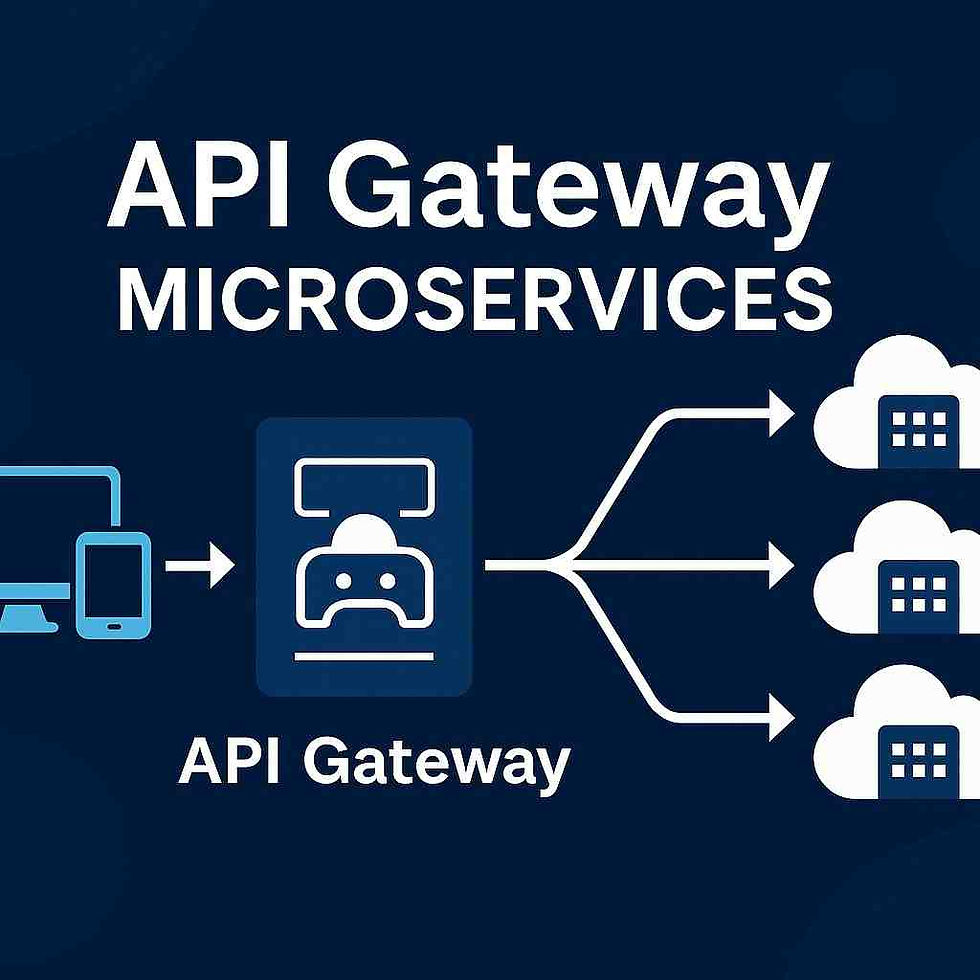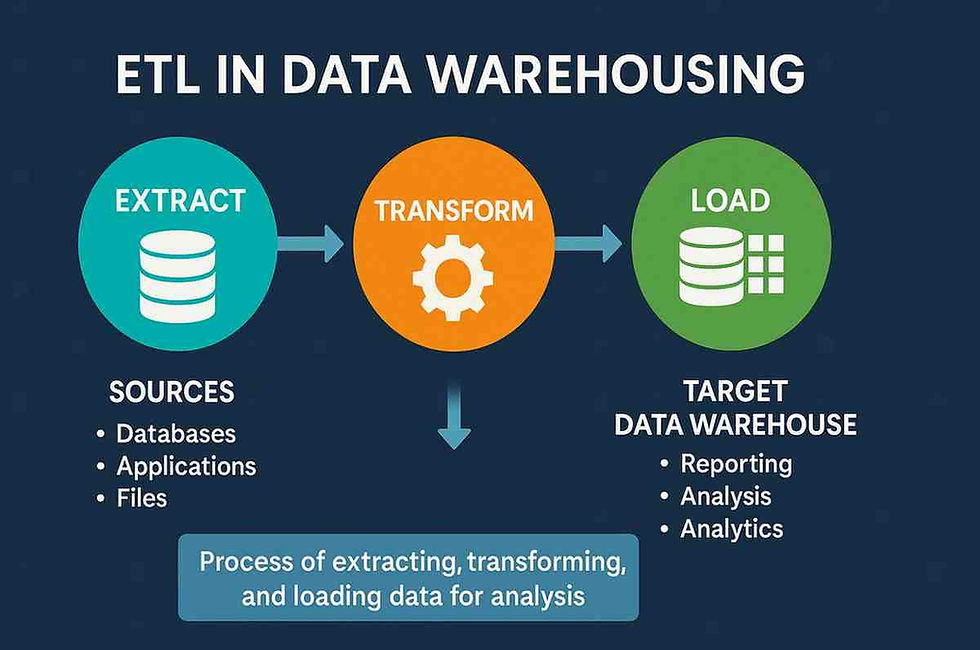Playwright vs Selenium: Which Test Automation Tool Is Best For You in 2025?
- Gunashree RS
- May 14
- 6 min read
Introduction: Understanding Modern Test Automation Frameworks
In today's fast-paced software development environment, automated testing has become essential for ensuring quality while maintaining speed. Among the myriad of testing frameworks available, Playwright and Selenium stand out as powerful contenders in the browser automation space. But which one should you choose for your next project?
This comprehensive guide dives deep into the Playwright vs Selenium debate, examining their architectures, capabilities, strengths, and weaknesses. Whether you're a seasoned QA engineer or just starting your automation journey, this comparison will help you make an informed decision based on your specific needs and circumstances.
The Evolution of Browser Automation: From Selenium to Playwright
Selenium: The Veteran Champion
Selenium emerged in 2004 when Jason Huggins created it as an internal tool at ThoughtWorks. Over nearly two decades, it has evolved into the most widely adopted browser automation framework in the industry. The Selenium suite consists of several components:
Selenium WebDriver: The core component providing language-specific bindings to control browsers
Selenium IDE: A record-and-playback tool for rapid test creation
Selenium Grid: Infrastructure for distributing and executing tests in parallel
Selenium's influence extends far beyond its core framework, serving as the foundation for numerous other testing tools like Appium (for mobile testing) and WebDriverIO.
Playwright: The Modern Challenger
Playwright is relatively new to the automation landscape, released by Microsoft in 2020. Interestingly, it was developed by the same team behind Puppeteer (a headless Chrome automation tool). Unlike its predecessor, Playwright extends support to multiple browsers and introduces several innovations tailored for modern web applications.
Playwright was designed from the ground up to address many of the pain points developers experienced with older automation frameworks, particularly focusing on speed, reliability, and simplified cross-browser testing.

Architecture Comparison: Under the Hood
The architectural differences between these frameworks largely explain their performance characteristics and capabilities.
Selenium's Architecture
Selenium operates on a client-server model with four distinct layers:
Selenium Client Libraries: Language-specific bindings that convert test scripts into JSON commands
JSON Wire Protocol: The communication protocol that transmits commands to browser drivers
Browser Drivers: Browser-specific executables (ChromeDriver, GeckoDriver, etc.) that translate commands for each browser
Browsers: The actual browsers that execute the commands
This architecture, while robust, involves multiple translation steps and HTTP requests, which can impact execution speed and reliability.
Playwright's Architecture
The playwright takes a more streamlined approach:
Playwright API: Language-specific bindings that communicate directly with browser engines
WebSocket Connection: A persistent connection that remains open for the entire test session
Browser Projects: Modified browser builds optimized for automation
Browser Engines: Chromium, Firefox, and WebKit engines that process commands
The persistent WebSocket connection eliminates the overhead of establishing new HTTP connections for each command, contributing to Playwright's faster execution speeds.
Feature Comparison: Playwright vs Selenium
Feature | Playwright | Selenium |
Browser Support | Chromium, Firefox, WebKit | Chrome, Safari, Firefox, Edge, IE, Opera |
Language Support | JavaScript, TypeScript, Python, Java, .NET | Java, Python, C#, Ruby, JavaScript, PHP, Perl |
Test Runners | Jest, Mocha, AVA, Vitest | JUnit, TestNG, Mocha, Jasmine, WebDriverIO |
OS Support | Windows, macOS, Linux | Windows, macOS, Linux, Solaris |
Mobile Testing | Emulation (experimental Android) | Via Appium |
Auto-waiting | Built-in | Requires explicit waits |
Shadow DOM Support | Native | Limited |
Network Interception | Built-in | Requires proxy tools |
Parallel Testing | Built-in | Requires Selenium Grid |
Community Size | Growing rapidly | Very large, established |
Performance: Speed and Reliability
Execution Speed
Performance metrics consistently show that Playwright executes tests significantly faster than Selenium. This speed advantage comes from:
WebSocket Connection: Eliminates HTTP overhead for each command
Auto-waiting: Intelligently waits for elements to be ready without explicit code
Browser Context: Faster than creating new browser instances
Optimized Browser Projects: Custom browser builds optimized for automation
Reliability
Test flakiness has long been a challenge in UI automation. Both frameworks address this issue differently:
Selenium:
Requires explicit waits and synchronization code
More susceptible to timing issues
Needs additional error handling
Playwright:
Built-in auto-waiting mechanisms
Retry mechanisms and smart timeouts
More stable element selectors
Better handling of modern web elements
Use Cases: When to Choose Which Framework
When to Choose Selenium
Selenium might be your best choice if:
You need wide browser compatibility, especially for older browsers like IE
Your team is already familiar with Selenium
You require extensive community support and resources
You're working with a language that Playwright doesn't support
You need integration with the existing Selenium-based infrastructure
When to Choose a Playwright
A playwright would be the better option when:
Speed and reliability are top priorities
You're testing modern web applications with complex UI
You need powerful network interception capabilities
Your tests involve shadow DOM or iframe interactions
You want simplified cross-browser testing
You need more modern features out of the box
Getting Started: Basic Examples
Selenium Basic Example (Java)
import org.openqa.selenium.By;
import org.openqa.selenium.WebDriver;
import org.openqa.selenium.WebElement;
import org.openqa.selenium.chrome.ChromeDriver;
import org.openqa.selenium.support.ui.ExpectedConditions;
import org.openqa.selenium.support.ui.WebDriverWait;
public class SeleniumExample {
public static void main(String[] args) {
// Set up Chrome driver
System.setProperty("webdriver.chrome.driver", "/path/to/chromedriver");
WebDriver driver = new ChromeDriver();
// Navigate to website
driver.get("https://example.com");
// Find and interact with elements
WebDriverWait wait = new WebDriverWait(driver, 10);
WebElement element = wait.until(
ExpectedConditions.visibilityOfElementLocated(By.id("username"))
);
element.sendKeys("testuser");
// Clean up
driver.quit();
}
}Playwright Basic Example (JavaScript)
const { chromium } = require('playwright');
(async () => {
// Launch browser
const browser = await chromium.launch();
const page = await browser.newPage();
// Navigate to website
await page.goto('https://example.com');
// Find and interact with elements
await page.fill('#username', 'testuser');
// Clean up
await browser.close();
})();Notice how Playwright's code is more concise and doesn't require explicit waits.
Integration with CI/CD Systems
Both frameworks integrate well with popular CI/CD systems, though with some differences:
Selenium Integration
Jenkins, CircleCI, GitLab CI, Azure DevOps
Requires browser drivers installation
Often needs display servers (Xvfb) for headless execution
Playwright Integration
Built-in Docker images for CI environments
Simpler headless execution
Pre-installed browser binaries
GitHub Actions integration
Community and Support Ecosystem
Selenium Community
Extensive documentation and tutorials
Large StackOverflow presence
Multiple books and courses
Regular conferences and meetups
Wide range of third-party extensions
Playwright Community
Growing documentation
Microsoft-backed support
Active GitHub community
Increasing number of online resources
Modern, updated examples for current web technologies
Conclusion: Making Your Choice
Choosing between Playwright and Selenium ultimately depends on your specific requirements, team expertise, and project constraints. Selenium's maturity and widespread adoption make it a safe choice for many organizations, especially those with existing Selenium investments. However, Playwright's modern architecture, superior performance, and built-in capabilities for modern web testing make it an increasingly compelling alternative, particularly for new projects.
Consider starting with small proof-of-concept implementations of both frameworks on your actual applications to evaluate their effectiveness in your specific context. Many teams are now adopting a hybrid approach, maintaining existing Selenium tests while implementing new tests with Playwright to benefit from its advantages.
Key Takeaways
Selenium advantages: Mature ecosystem, wider browser/language support, extensive community resources
Playwright advantages: Faster execution, modern architecture, built-in waiting mechanisms, superior handling of modern web components
Architecture matters: Playwright's WebSocket-based approach provides performance benefits over Selenium's HTTP-based architecture
Modern web apps: Playwright handles shadow DOM, iframes, and complex UI interactions more naturally
Getting started: Playwright typically requires less code and configuration to achieve the same results.
Migration: Moving from Selenium to Playwright is relatively straightforward due to similar concepts
Future outlook: Playwright is gaining momentum rapidly, but Selenium continues to evolve with new releases
FAQ: Common Questions About Playwright vs Selenium
Is Playwright faster than Selenium?
Yes, Playwright generally executes tests significantly faster than Selenium due to its architecture using persistent WebSocket connections instead of HTTP requests, as well as its optimized browser implementations and auto-waiting mechanisms.
Can Playwright replace Selenium?
For most modern web application testing needs, Playwright can replace Selenium and often provides a better experience with less code and greater reliability. However, Selenium may still be preferred for projects requiring support for older browsers or using programming languages not supported by Playwright.
Does Playwright support all browsers that Selenium supports?
No. Playwright supports Chromium (Chrome/Edge), Firefox, and WebKit (Safari), but doesn't support Internet Explorer. Selenium supports a wider range of browsers, including IE and Opera.
Is Playwright more reliable than Selenium for test automation?
Playwright typically produces more reliable tests with less flakiness due to its built-in auto-waiting mechanisms, better handling of modern web components, and more stable element selectors.
How difficult is it to migrate from Selenium to Playwright?
The migration difficulty depends on your test suite complexity, but many concepts translate directly. The main challenges include adapting to Playwright's async/await pattern (in JavaScript) and learning new selector strategies. Many teams report successful migrations within weeks.
Which has better community support, Playwright or Selenium?
Selenium has a larger, more established community due to its longer history. However, Playwright's community is growing rapidly, and it has strong support from Microsoft. Both have active GitHub repositories and documentation.
Can Playwright handle Shadow DOM better than Selenium?
Yes, Playwright has native support for shadow DOM traversal, making it significantly easier to work with shadow DOM elements compared to Selenium, which has limited support.
Which is better for mobile testing, Playwright or Selenium?
Selenium with Appium is currently the more mature solution for real mobile device testing. Playwright offers mobile emulation and has experimental support for Android, but it's not yet as comprehensive as Selenium's mobile testing capabilities through Appium.




Link INDOVIP138
indovip138
indovip138
indovip138
indovip138
indovip138
indovip138
indovip138
indovip138
indovip138
indovip138
indovip138
indovip138
indovip138
indovip138
indovip138
indovip138
indovip138
indovip138
indovip138
indovip138
indovip138
indovip138
indovip138
indovip138
indovip138
indovip138
indovip138
indovip138
indovip138
indovip138
indovip138
indovip138